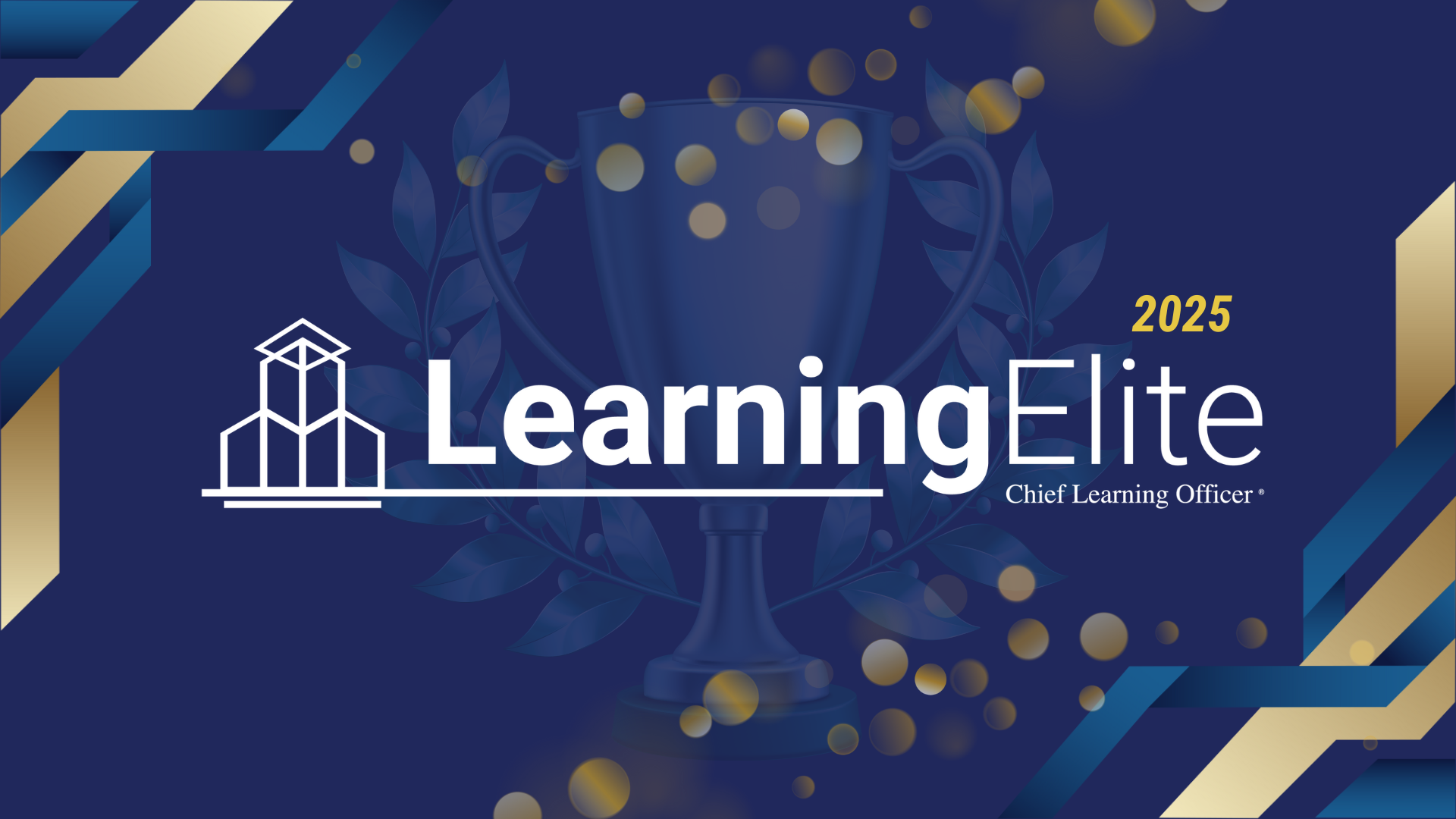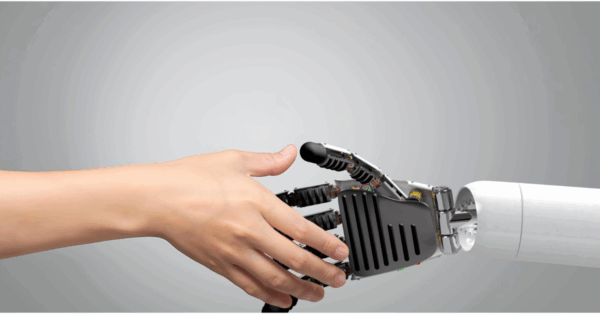Graybar Electric Company has a very specific learning philosophy: Create a lifelong learning environment where employees can develop and master the skills to provide the best services for the company, its customers and its suppliers. Graybar distributes electrical equipment, supplies communications and data products supplier, and provides supply chain management services. To help achieve its ends, Graybar provides learning for some 8,000 employees on a variety of topics, including product knowledge, customer service, finance, leadership, business training and selling skills.
Graybar goes beyond fundamental selling skills in its learning programs, according to John Teipen, director of training for Graybar. “We actually identify selling skills in five different areas, (such as) how to make a call, how to talk and ask questions correctly, set appointments and deal with customer needs,” he said. “Then, there’s market-based (skills) because we have several different markets that we work with, from security to automation, electrical, utility, communications and data. There’s IT training or computer services, computer applications training and coaching, executive development, all of those kinds of things.”
Graybar looks at the skills associated with these different areas, assesses whether they are competency-based and determines what skills are necessary by position. Using a process called job optimization, Teipen polls employees to establish their exact job description, develop a personalized curriculum and decide what training is required with elective training to be determined by the employee and his or her boss. “Once we identify the competencies associated with those tasks, we can identify training. That rolls up to a core curriculum by job, but that’s really just the beginning,” Teipen said. “That’s the foundation or the benchmark for that particular person in that particular job. Beyond that, they need to work with their manager on individual development goals associated with the specifics of that job because a customer service job in Chicago would be quite different than a customer service job in Evansville, Ind.”
Teipen said this system works well because an individual going through the job optimization process believes that someone is working toward their best interests to optimize their skills and their potential within the company. “That’s like an education,” Teipen said. “I mean, you can go outside and spend however much time you want in a formal education environment and still walk away without any skills that can be directly applied to a job. When you’re in a company that’s working with you on personal development, it is personal. It’s a job-retention opportunity because when people feel like they’re cared for, that’s incentive.”
All of Graybar’s learning and metrics are managed using a learning management system. “We’re actually in the third generation of learning management systems now,” Teipen said. “In fact, it’s more accurately called an IPS (integrated performance system) human capital development system. We started with an online or e-learning solution about 15 years ago. That was pretty much unheard of at the time, but because we have 250 locations spread out all over the place, we didn’t have the opportunity to bring people together in a common classroom environment like a lot of other Fortune 500 companies do.”
A slow-speed dial-up modem evolved into a more robust LMS and then was converted into an Internet-based form. “That foundation is important when you realize that our culture is very, very used to the idea of e-learning.” Teipen said. “If your curriculum is well associated with the skills and competencies associated with the job, then you’re assured that you’re accomplishing the training that one needs to do their job properly.”
Graybar is an ISO-9001 registered company, aiding its efforts to create a high standard of learning across the organization. “We’re self-governed internally, self-audited and then externally audited to maintain our registration as ISO-9001,” Teipen said. “The 2000 standard said, ‘OK, it’s great that you say what you do and do what you say, but you also have to have a process in place to improve what you say you do and do what you say.’”
This creates a kind of learning web where the international ISO-9001 registration links to the LMS, which links the job optimization process to competencies and curriculum, etc. Next, learning at Graybar will tackle a leadership challenge environment that is 100 percent volunteer. “No one is assigned this task. It’s not a requirement,” Teipen said. “It’s a process you volunteer for that will have semester or quarterly assignments associated with investigating ideas of leadership – anything from Myers-Briggs type indicators to reading a book about leadership and discussing that in teams. Participating in this human capital system leads to a succession plan because you can see someone’s competency goals attainment, willingness to work to self-improve and their focus on leadership opportunities.”
Kellye Whitney is associate editor for Chief Learning Officer magazine. She can be reached at kellyew@clomedia.com.
















